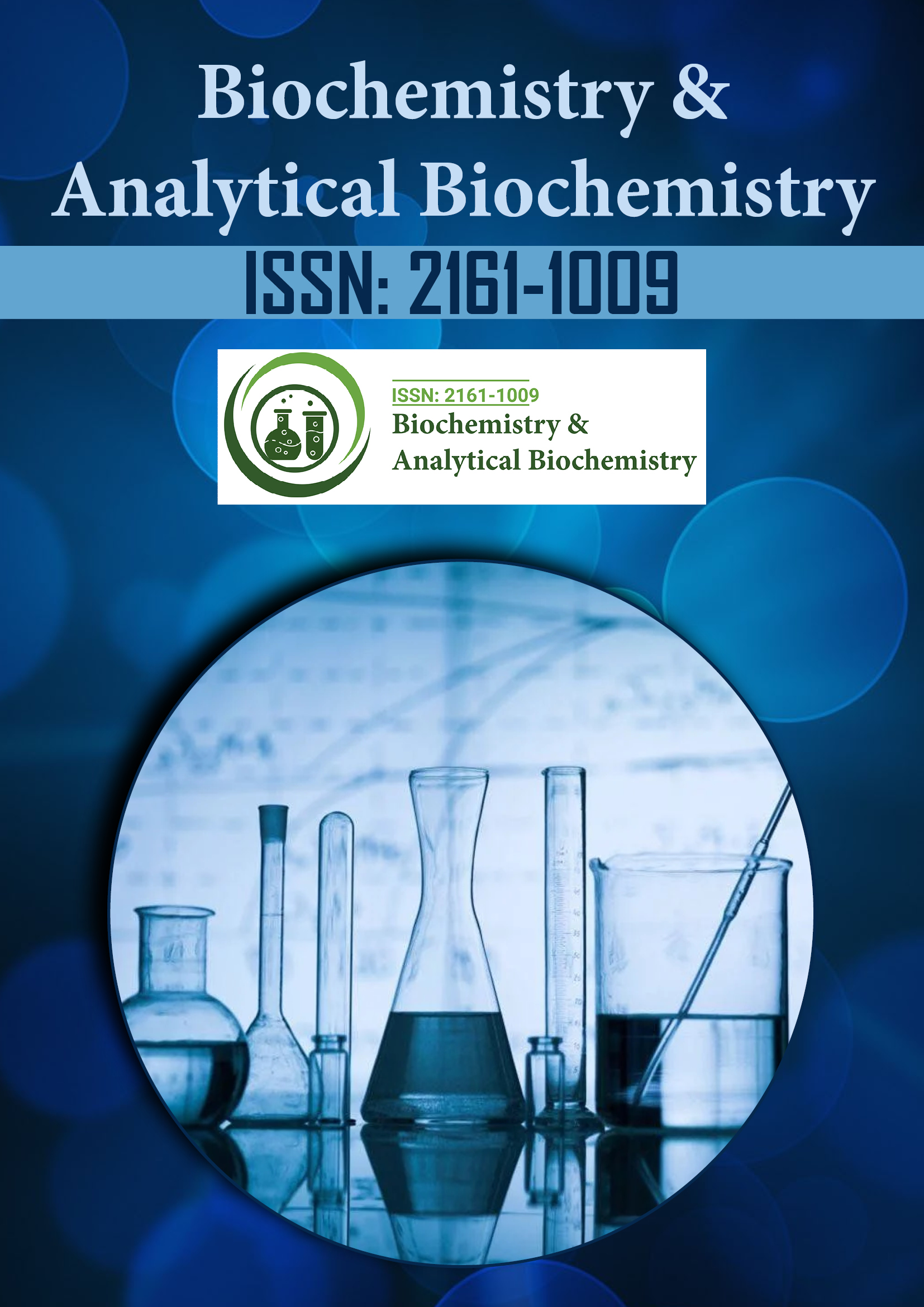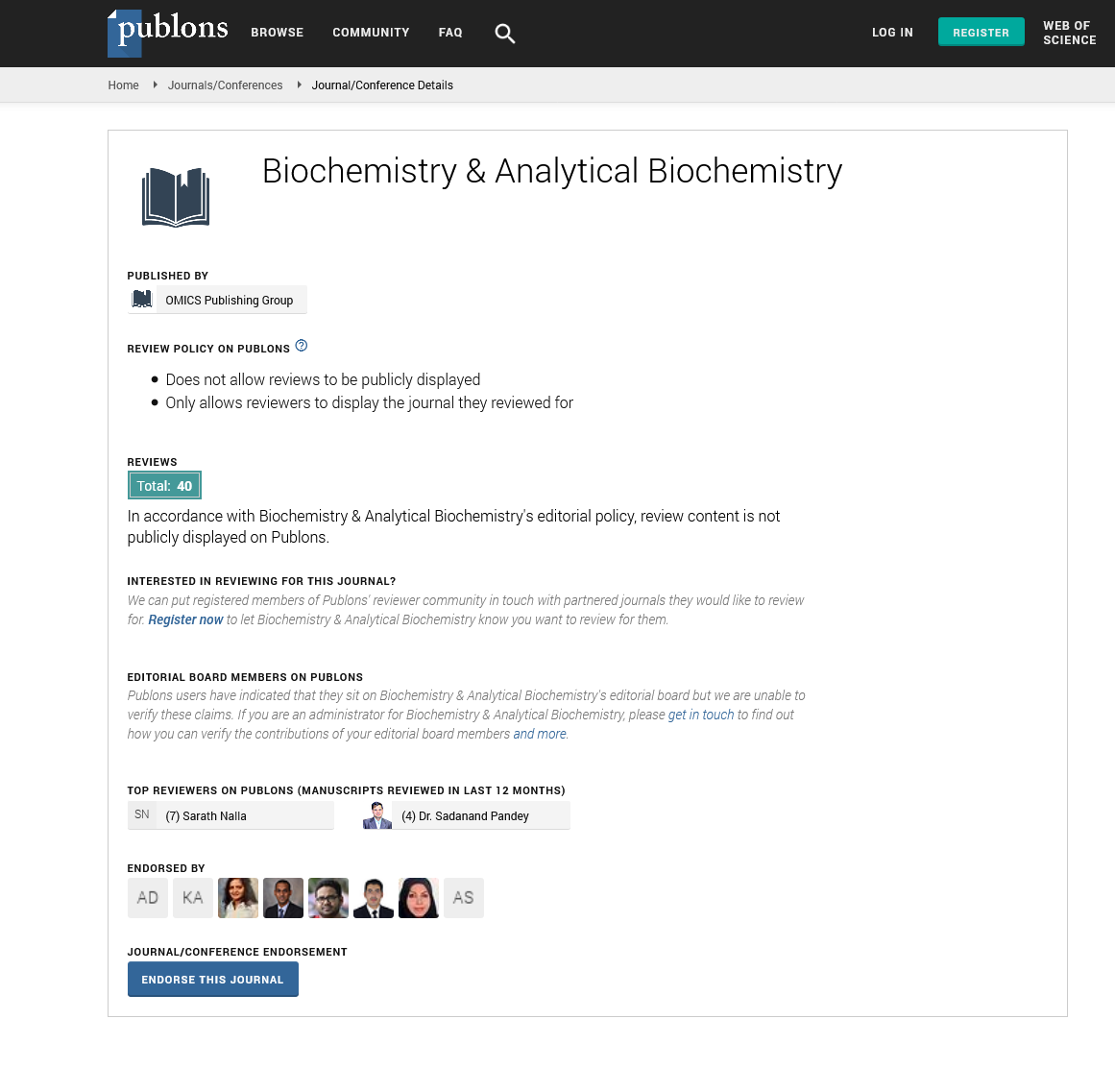Indexed In
- Open J Gate
- Genamics JournalSeek
- ResearchBible
- RefSeek
- Directory of Research Journal Indexing (DRJI)
- Hamdard University
- EBSCO A-Z
- OCLC- WorldCat
- Scholarsteer
- Publons
- MIAR
- Euro Pub
- Google Scholar
Useful Links
Share This Page
Journal Flyer

Open Access Journals
- Agri and Aquaculture
- Biochemistry
- Bioinformatics & Systems Biology
- Business & Management
- Chemistry
- Clinical Sciences
- Engineering
- Food & Nutrition
- General Science
- Genetics & Molecular Biology
- Immunology & Microbiology
- Medical Sciences
- Neuroscience & Psychology
- Nursing & Health Care
- Pharmaceutical Sciences
Inherited cardiomyopathies: A broad perspective
International Conference on Clinical Chemistry & Laboratory Medicine
October 17-18, 2016 Chicago, USA
Guy Hugues Fontaine
Université Pierre et Marie Curie, France
Keynote: Biochem Anal Biochem
Abstract:
An increasing number of genetic mutations can explain the mechanism of inherited cardiomyopathies which started in 1977 as a side work of anti-arrhythmia surgery in Salpêtrière. Arrhythmogenic Right Ventricular Dysplasia (ARVD) is mostly due to PKP2 desmosomal mutation with increased RV size with apoptotic thinness of the free wall and segmental anomalies of contraction. This is also due to the presence of fat and interstitial fibrosis mostly observed in the RV free wall and LV apex. This disease is frequent in the general population (3.7%), but become clinically apparent in a small number of cases. Clinical presentation is mostly ventricular arrhythmias which can lead to unexpected sudden cardiac death especially in young people and during endurance sports. Some of these patients seen at a late stage of the disease can be misclassified as IDCM. However, in some rare patients, the disease can stop completely its progression. Therefore, it seems that a minor phenomenon can stop disease progression. Brugada syndrome (BrS) has a unique ECG pattern of coved type observed only in lead V1. Structural changes are sometimes suggesting ARVD. However, BrS and ARVD are two different entities with some degree overlap both phenotypically and genotypically in a small number of cases. In both diseases arrhythmias are linked to acute episodes of myocarditis. Right Ventricular Outflow Tract Ventricular Tachycardia (ROVT VT) is generally benign but one personal case of SD with pathologic documentation demonstrated a localized infundibular anomaly suggesting a localized form of ARVD. Hypertrophic Cardiomyopathy (HCM) is produced by a genetic mutation in the contractile molecules of the heart producing hypertrophy of myocardial fibres with disarray. It is also a major cause of SD during sports. Idiopathic Dilated Cardiomyopathy (IDCM) is mostly due to multiple genetic mutations lamin and myosin affecting myocardial force of contraction. WPW Syndrome looks now the result of a mutation in which inflammation has been reported. All of these cardiomyopathies can be the result of mutations which can explain the pathogenesis of cardiomyopathies as well as an increased susceptibility to cardiotropic viruses. This severe form of superimposed myocarditis is frequently the determinant of prognosis.
Biography :
Guy Hugues Fontaine has made 15 original contributions in the design and the use of the first cardiac pace makers in the early 60s. He has serendipitously identified ARVD during his contributions to anti-arrhythmic surgery in the early 70s. He has developed the technique of fulguration to replace surgery in the early 80s. He has been one of the 216 individuals who have made a significant contribution to the study of cardiovascular disease since the 14th century, one of the 500 greatest geniuses of the 21st century (USA Books) and one of the 100 life time achievements (UK Book). He has 900+ publications including 201 book chapters. He is a Reviewer of 17 scientific journals both in basic and clinical science, 11 master lectures of 90’ each in inland China in 2014. He has developed new techniques of hypothermia for neurologic brain protection in OHCA, stroke and spinal cord injury. He has also invented a hi-tech device which can be considered as the ultimate in palliative care.
Email: guy.fontaine2@numericable.fr

